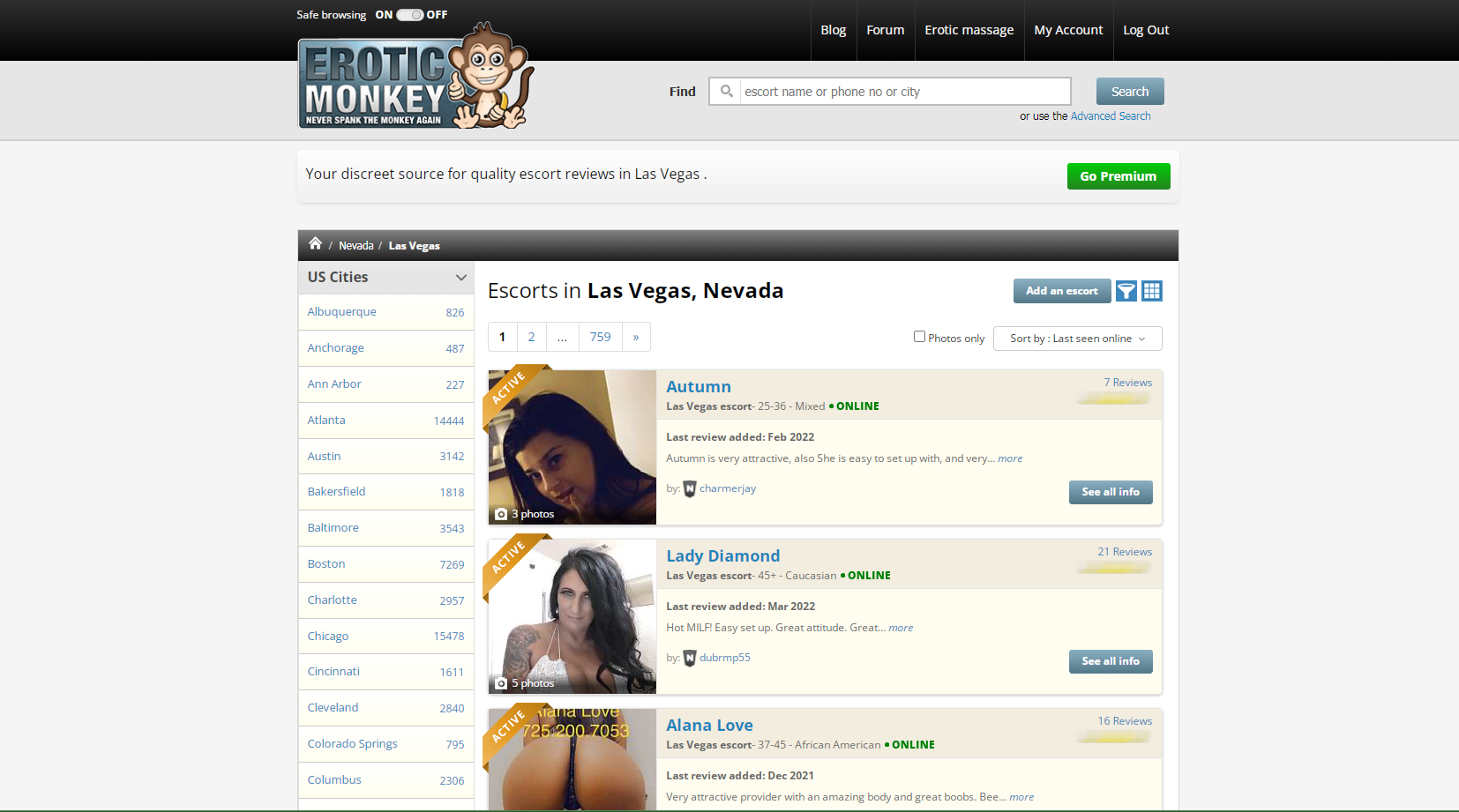
WEIGHT: 66 kg
Bust: Small
1 HOUR:90$
NIGHT: +40$
Services: Pole Dancing, Soft domination, Massage erotic, Female Ejaculation, Tie & Tease
Of all that contributes to the goodness of beer and other adult beverages, I view carbonation as being one of the most important. The beautiful thing about brewing our own beer is that we get to choose the carbonation level we so desire!
Want a petillant Pilsner or sparkling Stout? Go for it! I got my first kegerator about 6 years ago and found there were two popular options for force carbonation— set it and forget it or crank and shake. As I progressed as a kegger, I began to view these options as extremes, the bookends inside of which lay other, perhaps even better, methods.

Nowadays, I choose the carbonation approach that best fits my schedule, rather than relying on a single method for every beer. Perhaps the best thing about this method is that it reduces the risk of overcarbonation to nearly impossible.
Also, this is where those snazzy force carbonation charts come in most handy— so long as you know your beer temp whatever your regulator is set to and the pressure of the CO2 on to your keg, you can produce a very predictable level of carbonation using this method. Presumably developed by eager beavers sick of waiting for their beer to carbonate, the crank and shake method allows brewers to carbonate beer in under an hour. My approach involved cranking the CO2 to 30 psi and gently rolling the keg on my lap for precisely 10 minutes.

The trade-off to this quick and dirty method is the increased risk of overcarbonation, which I certainly have experienced. Nothing like being excited to try your latest concoction only to be let down by a glass full of foam. About 4 years ago, a friend of mine posed the idea of carbonating beer samples pulled from the fermentor with a SodaStream , typically used to make sparkling water and fruit juices via a burst of high pressure CO2.



































